MAY
1. National Skilled Trades Day, National Loyalty Day, May Day, National Mother Goose Day, Law Day, School Principals' Day, Silver Star Service Banner Day.
2. National Truffle Day, National Day Of Reason, World Password Day.
3. National Lumpy Rug Day, National Garden meditation Day, National Two Different Colored Shoes Day, National Paranormal Day, National Chocolate Custard Day, National Textiles Day, National Space Day, School lunch Hero Day.
4. National Star Wars Day, National Weather Observers Day, National Renewal Day, Bird Day, National Fitness Day, National Scrapbook Day, Join Hands Day, National Bombshell Day, National Start Seeing Monarchs Day (no, not Queen Elizabeth...the butterfly kind!), Free Comic Book Day.
5. National Astronauts Day, National Cartoonists Day, National Silence The Shame Day, National Totally Chipotle Day, National Hoagie Day, Cinco De Mayo, National Lemonade Day.
6. National Nurses Day, National Beverage Day, Melanoma? Monday, National Crepe Suzette Day.
7. National Packaging Design Day, National Paste-up Day, National Barrier Awareness Day, National Foster Care Day, National Teacher Appreciation Day.
8. National Coconut Cream Pie Day, National Have A Coke Day, National Receptionists' Day, National Third Shift Workers' Day, National School Nurse Day, National Bike To School Day.
9. National Lost Sock Memorial Day, National Sleepover Day, National Butterscotch Brownie Day.
10. National Clean Up Your Room Day, National Lipid Day, National Washington Day, National Provider Appreciation Day, National Military Spouse Appreciation Day.
11. National Eat What You Want Day, National Foam Rolling Day, National Twilight Zone Day, National Birth Mother's Day, National Babysitter's Day, National Dog Mom's Day, National Train Day, National Archery Day, National National Miniature Golf Day, Stamp Out Hunger Food Drive Day.
12. National Limerick Day, National Odometer Day, National Fibromyalgia Day, Mother's Day.
13. National Frog Jumping Day, National Apple Pie Day, National Women's Checkup Day.
14. National Decency Day, National Dance Like A Chicken Day, National Underground America Day, National Buttermilk Biscuit Day.
15. Peace Officers' Memorial Day, National Chocolate Chip Cookie Day, National Nylon Stocking Day.
16. National Honor Our LGBT Elders Day, National Do Something Good For Your Neighbor Day, National Love A Tree Day, National Biographer's Day.
17. National Rat Pack Day, National Cherry Cobbler Day, National Graduation Tassel Day, National Walnut Day, National Endangered Species Day, National Pizza Party Day, National Bike To Work Day, NASCAR Day.
18. National Visit Your Relatives Day, National No Dirty Dishes Day, National Armed Forces day, National Learn To Swim Day.
19. National May Ray Day, National Devil's Food Cake Day, National Take Your Parents To The Playground Day.
20. National Be A Millionaire Day, National Pick Strawberries Day, National Rescue Dog Day.
21. National Red Cross Founders Day, National Memo Day, National Waitstaff Day, national Strawberries And Cream Day.
22. World paloma Day, National Maritime Day, National Solitaire Day, National Buy A Musical Instrument Day, National Vanilla Pudding Day, Emergency Medical Services For Children Day.
23. National Lucky Penny Day, National Taffy day.
24. Brothers Day, National Aviation Maintenance Technician Day, National Scavenger Hunt Day, National Don't Fry day.
25. National Missing Children's Day, National Tap Dance Day, National Brown Bag It Day, Towel Day, National Wine Day.
26. National Blueberry Cheesecake Day (This is a good day to add your own personal special celebration.)
27. National Cellophane Tape Day, National Grape Popsicle Day, Memorial Day.
28. National Brisket day, National Hamburger Day.
29. National Paperclip Day, National Senior Health And Fitness Day.
30. National Creativity Day, National Water A Flower Day, National Hole In My Bucket Day (not good if you're using it to water your flower!).
31. National Save Your Hearing Day, Autonomous Vehicle Day, National Speak In Sentences Day, National Macaroon Day, National Smile Day, National Heart Awareness Day.
Is it me, or is this going to be a BUSY month? I don't know about you, but i want to celebrate everything on this list! I probably can't afford to do that, so I'll spend time whittling it down to a manageable dozen or so. The, as always, I'll do my party planning and shopping, Enjoy your month and don't forget to stop back by tomorrow for my weekly visit and lesson with The Dharma Frog.
PEACE.


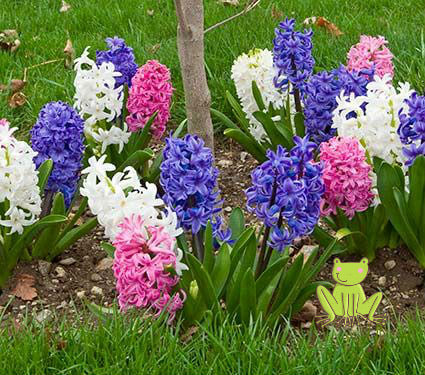
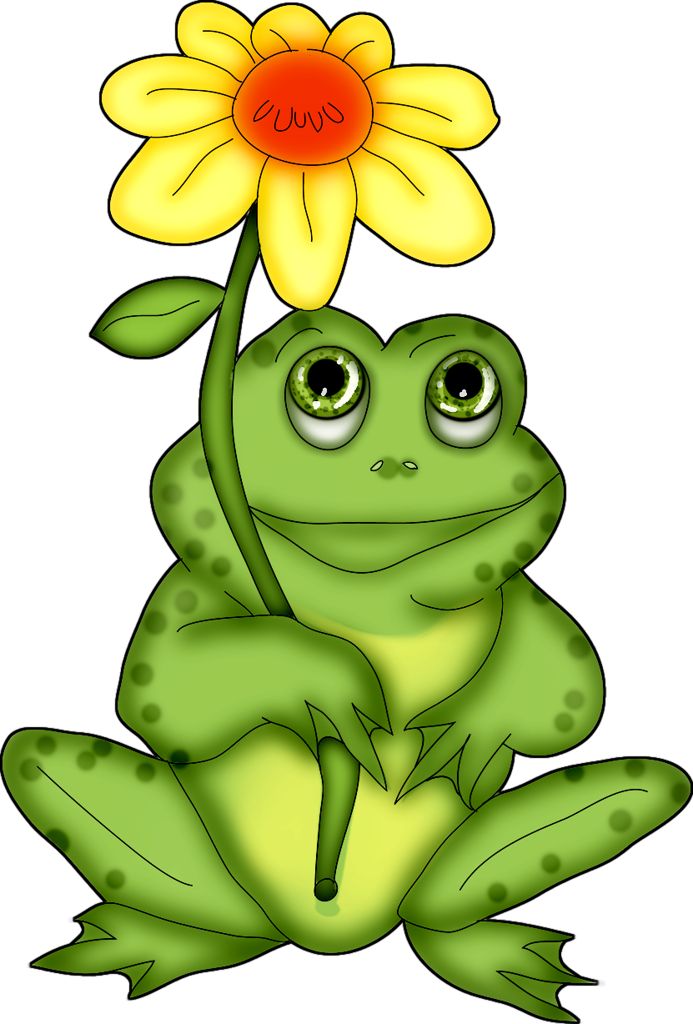
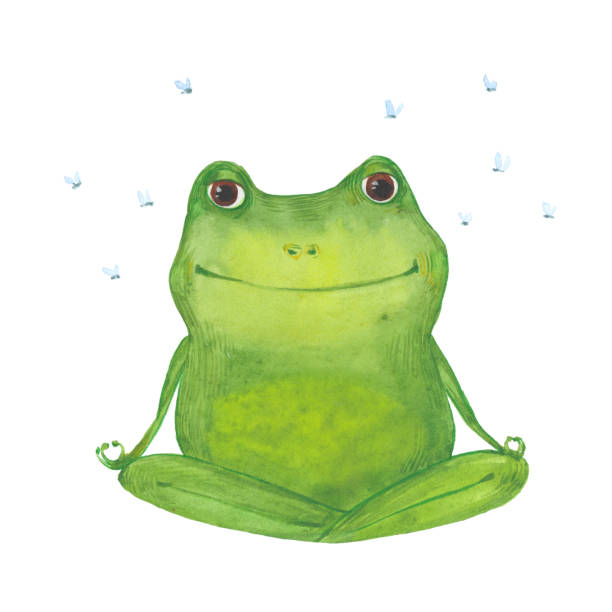


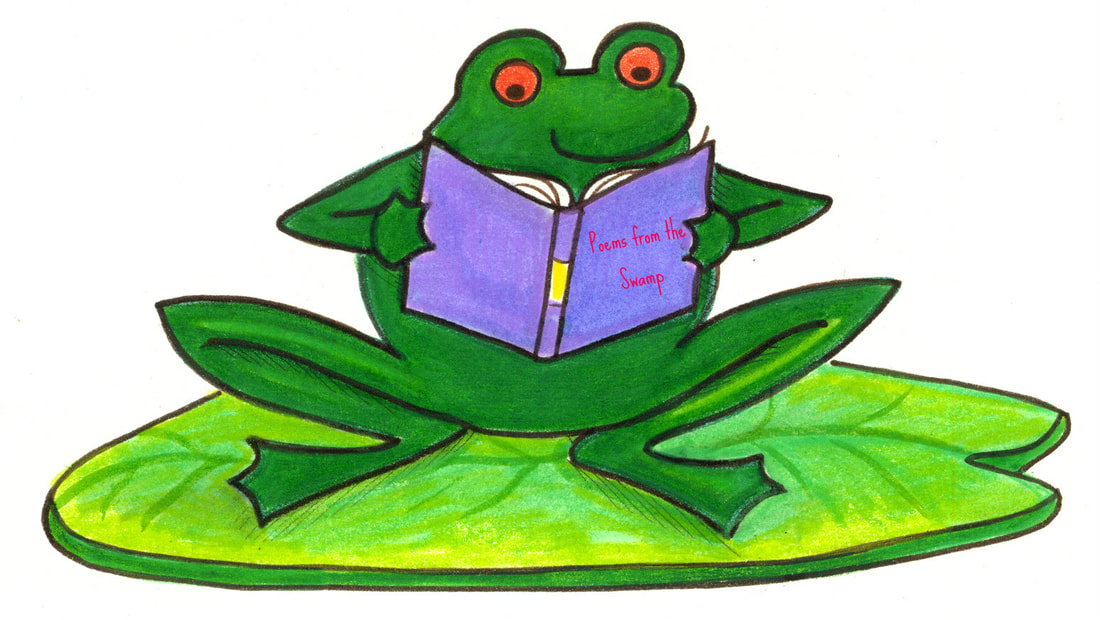

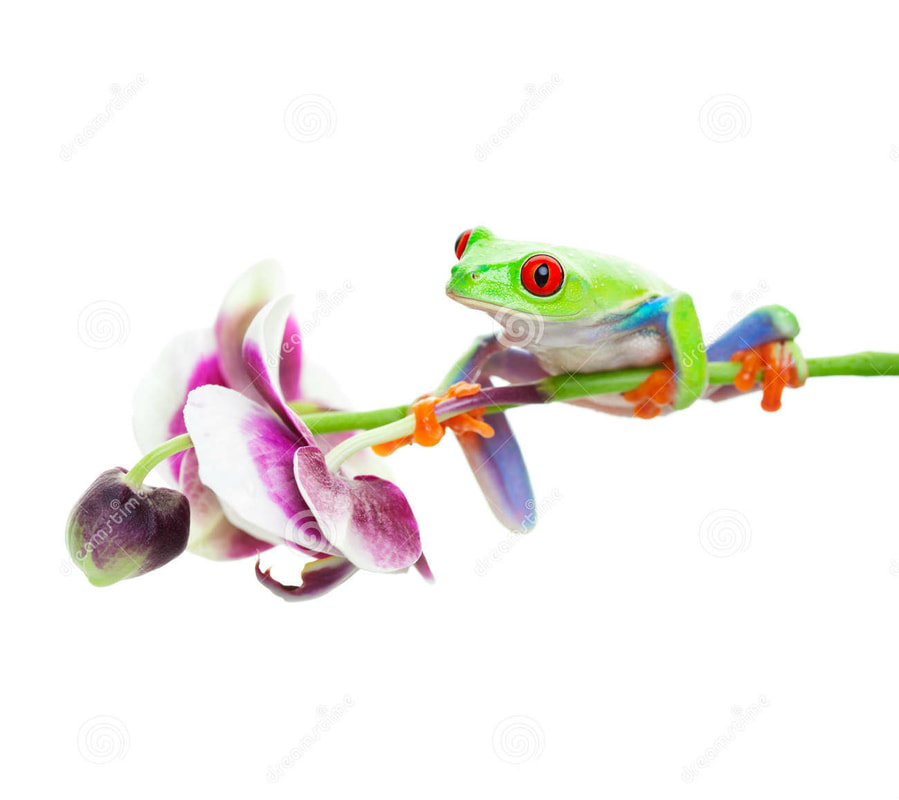
 RSS Feed
RSS Feed